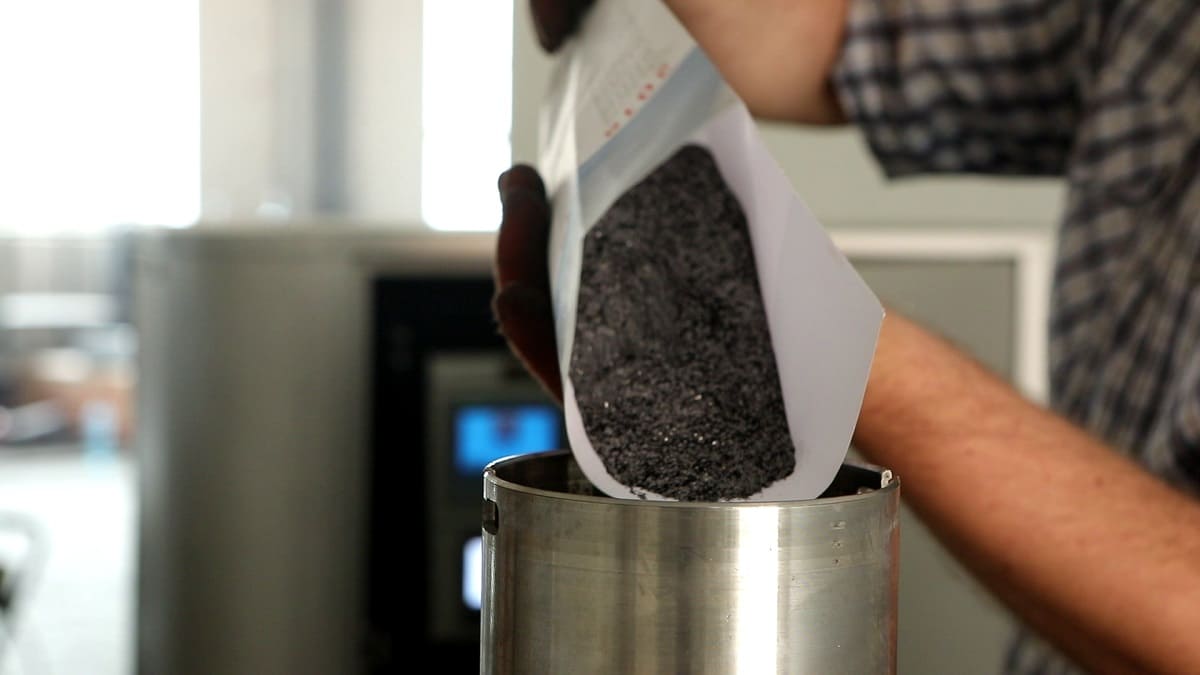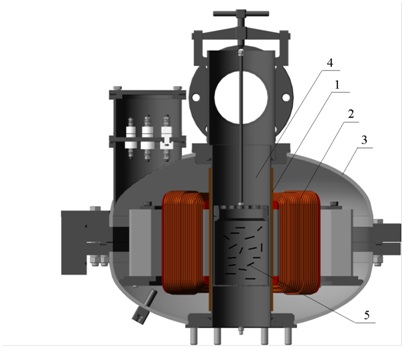Graphene production is a young and promising industry. It is young, because graphene was discovered rather recently — only fifteen to sixteen years ago. And it is promising due to interesting and somewhat unique properties of graphene.
What is graphene and why is it interesting?
It has been generally accepted for a long time that materials with a two-dimensional crystalline lattice do not exist. But in the early 2000s, British physicists Geim and Novoselov started experiments that eventually culminated in discovering a two-dimensional crystal called graphene. The graphene lattice consists of carbon atoms arranged in plane in the form of a hexagonal structure. The pattern outwardly resembles interconnected hexagons.
Graphene is obtained from graphite. In the simplest case, for producing the material, a scotch tape can be used with the sticky surface applied to the graphite and then removed. Small particles of graphite remain on the tape surface. After that, the tape is folded in half and stretched in different directions. As a result, the residual particles of graphite become thinner and after 10–15 repetitions of stretching, they already function as graphene.
Why is graphene interesting? First of all, it is a very lightweight, but very strong material. The strength of graphene is 200 times greater than that of steel. It can be stretched by 20% which is not possible with other crystals. Furthermore, graphene is characterized by good electrical conductivity, chemical inertness, and exceptional thinness. It’s hard to believe, but just a few grams of this material suffice it to completely cover a football field. All the listed properties open up excellent prospects for graphene to be used in various industries:
- Transmission electron microscopy. Graphene is used as a substrate for examining the objects and samples.
- Solar power. Graphene is used in the production of transparent conductive coatings for solar cells.
- Electronics. Graphene field-effect transistors with a higher amplification factor, as well as integrated circuits are known.
- Ecology. Graphene atoms interact with atoms of radioactive elements more actively, for instance, compared to bentonite clays.
- Measuring equipment. Graphene is used in the production of strain sensors.
- Lubricants. Graphene serves as an additive to lubricant greases and improves their properties.
However, currently, the widespread use of graphene is constrained by the costliness of its production. Why is graphene expensive to produce? You will find the answer in the next section.
Graphene production — example of technology
Various methods of graphene production are studied. For an overview, in this article, we will discuss only one approach which is nevertheless very illustrative.
Thus, in order to obtain graphene, it is required to complete several sequential stages:
- Disperse graphite in a solvent until a suspension is obtained.
- Process the obtained suspension in a colloid mill.
- Perform centrifugation of the suspension.
- Perform vacuum filtration and drying.
Graphene is obtained only upon completion of the fourth stage. As you can see, graphene production is characterized by multiple stages and the use of chemicals which considerably increases the cost of obtaining the material. It is intuitively clear that in order to reduce the cost of graphene, it is necessary to look for options without the use of chemical agents and with reduced number of production stages. AVSp-150 vortex layer device can be a solution to this problem.
How does AVSp-150 vortex layer device work?
A typical vortex layer device consists of an inductor, an operating chamber made of non-magnetic material, and ferromagnetic particles placed into the operating chamber (Figure 1).
Figure 1 – Device with a vortex layer of ferromagnetic particles: 1 – protective bushing; 2 – inductor of rotating electromagnetic field; 3 – inductor housing; 4 – operating chamber made of non-magnetic material; 5 – ferromagnetic particles
As a result of applying voltage to the inductor winding, a rotating electromagnetic field is induced in the operating chamber and captures ferromagnetic particles. The particles move along complex trajectories and constantly collide with one another, with processed material, and with the operating chamber walls. Therefore, the motion trajectory of every single ferromagnetic particle is complex, and a combination of these trajectories generates a vortex layer. In this case, various factors arise in the vortex layer and affect the processed material. The most important factors include:
- direct impact effect of ferromagnetic particles on processed material;
- electromagnetic field;
- ultrasonic vibrations;
- cavitation (when processing the material in a liquid medium, for example, water);
- high local pressures, etc.
When cumulatively exposed to the foregoing factors, the processed materials are ground, mixed, and take on new properties. Now, let us have a look at the way a vortex layer device can be used for graphene production.
Figure 2 – AVSp-150 vortex layer device
Graphene production using a vortex layer device
For graphene production, it is proposed that just two stages rather than four be completed. At the first stage, natural graphite should be ground to the fraction size of 1 mm. Ordinary industrial mills may be used for this purpose. At the second stage, preliminarily ground graphite is placed into the operating chamber of AVSp-150 vortex layer device. The special feature of this device model consists in the horizontal placement of the operating chamber and its constant longitudinal progressive motion. Due to this motion, graphite is additionally mixed and distributed over the volume of the operating chamber which further enhances the vortex layer effect. Processing in AVSp-150 takes 5–10 to 30 minutes. At the outlet, we obtain finished nanosized graphene (Figure 3).

Figure 3 – Graphene obtained by means of AVSp-150 vortex layer device
Advantages of the graphene production technology using a vortex layer device
Graphene production using vortex layer devices has the following advantages:
- no use of catalysts and chemical agents is required in the process;
- reduced number of graphene production stages, acceleration of the process in terms of time;
- graphite of various types (dense crystalline, crystalline, cryptocrystalline) can be used for graphene production in a vortex layer device;
- reduced cost of graphene production.
For further information, please contact our technical professionals using the contact details of the appropriate website section.



